Earlier this year, Gabe Watson and EmmaLi Tsai participated in a workshop hosted by Defenders of Wildlife to help researchers create better maps at the intersection of environmental justice and conservation. Decisions from the workshop resulted in this user guide & website, which walks users through a more collaborate and inclusive approach to conservation that considers biodiversity, climate change, and environmental justice. To put the framework and shared principles into practice, the guide also features a case study using the National Wildlife Refuge System to show where future land acquisition should be prioritized.
At the Environmental Policy Innovation Center (EPIC), our goal is to advance ecological restoration at scale, yet permitting costs consume up to ⅓ of project budgets. We need money to go to nature, not paperwork. Over the past two years, EPIC has quantitatively and qualitatively analyzed policies and processes related to restoration project permitting. Here we provide a case study of adoption of e-permitting technology that ameliorated many permitting bottlenecks.
Tim Male, Executive Director of EPIC, co-wrote an article in Ecosystem Marketplace with Mariana Sarmiento and Charles Bedford on how to close the biodiversity finance gap.
How could Maryland legislators build a sandbox for nature to accelerate restoration?
The US Department of Agriculture has contracted at least seven RCPP projects that used performance-based payments to buy environmental outcomes. This report profiles their challenges and successes.
Sand County Foundation and the Environmental Policy Innovation Center evaluate the successes, challenges, and immediate opportunities for watershed partnerships in the Midwest.
A report on the progress of nine Iowa cities that have signed memoranda of understanding with the state Department of Natural Resources to establish watershed partnerships.
This report describes how to proliferate connections between point and nonpoint sources of nutrients to meet permit requirements and improve water quality.
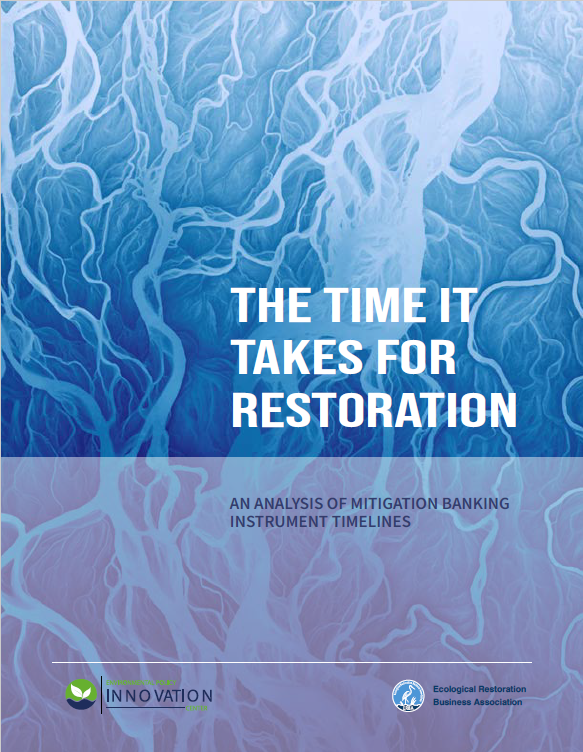
The Time it Takes for Restoration: An Analysis of Mitigation Banking Instrument Timelines

Moving Wildlife
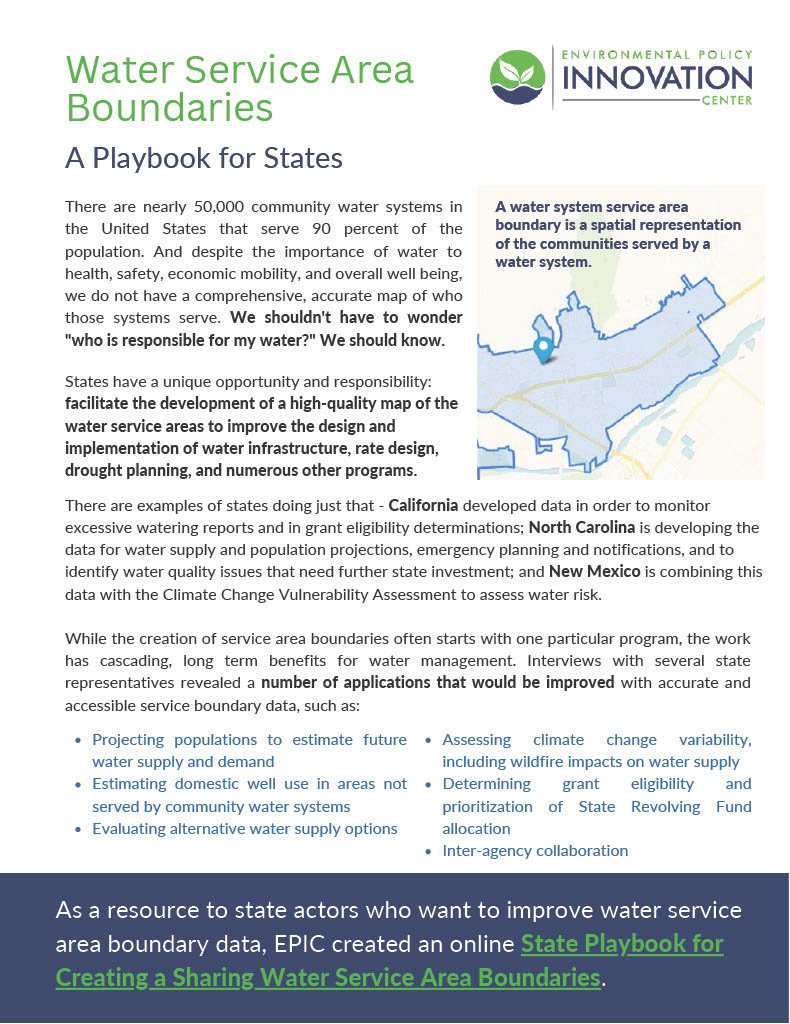
Water Service Area Boundaries: A Playbook for States

HB94: Expanded Use of the Maryland Water Quality Revolving Loan Fund

Purchasing Environmental Progress

From the ground up: A guide to replacing the nation’s toxic lead pipes over the next decade
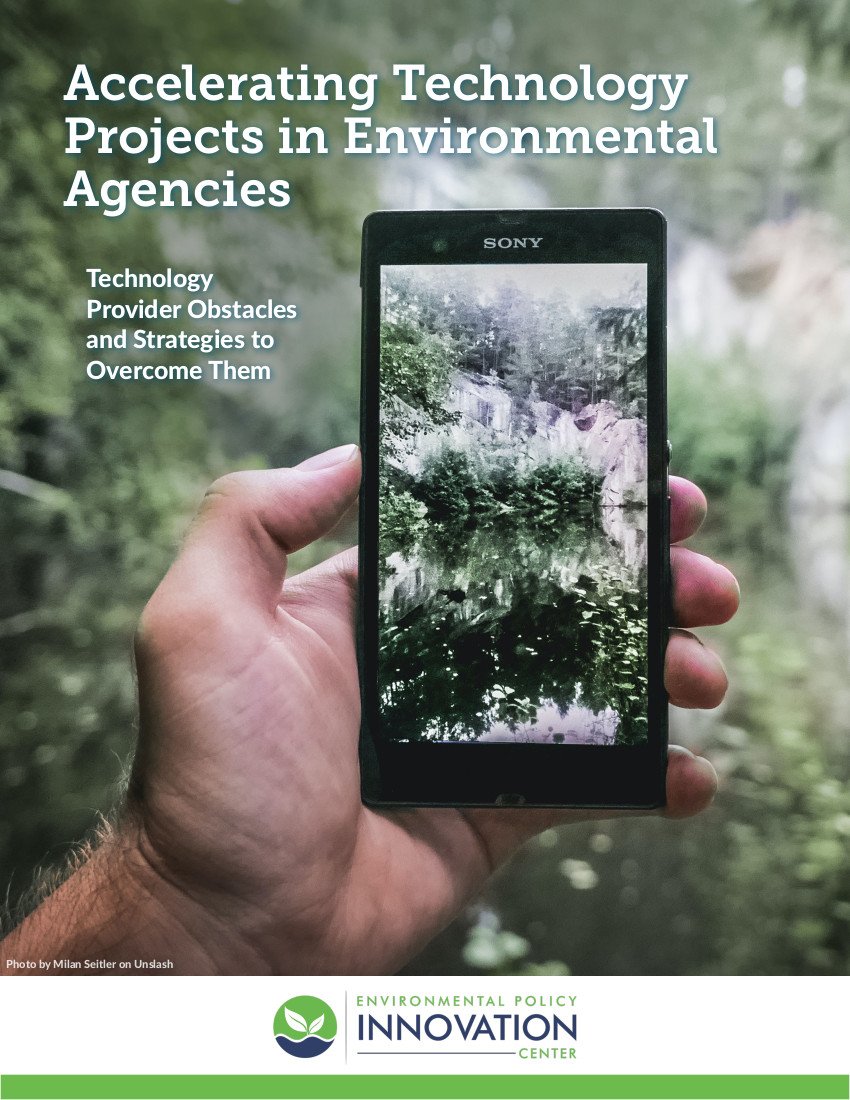
Accelerating Technology Projects in Environmental Agencies

Tribal Compensatory Mitigation
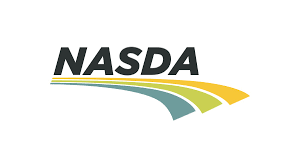
NASDA Action Item Encouraging a Clean Water Outcomes Matching Program
Action item approved by NASDA encouraging a Clean Water Outcome Matching Program in the next Farm Bill

A Fairer Funding Stream

Advancing Equity, Climate Action, and Economic Health in Communities

Recommendations to NASA: How to Expand Reach to Environmental Justice Leaders

Comment Letter on the Environmental Justice Scorecard

Best Practices: How to Replace Lead Pipes Quickly, Efficiently, and Equitably Over the Next Decade
Testimony of Maureen Cunningham and Dr. Katy Hansen on Trusting the Tap: Upgrading America’s Drinking Water
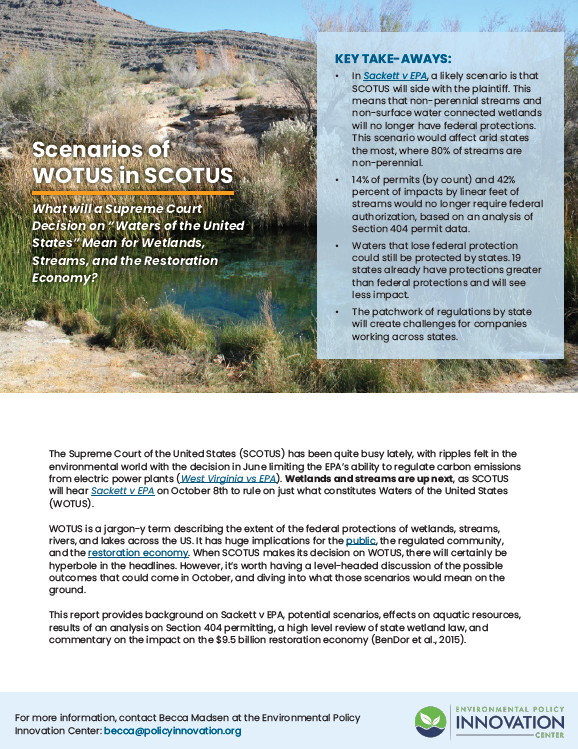
WOTUS Explainer

Menu of Options: Data and Technology To Replace Lead Pipes Faster

Promoting Tribal Roles in Providing Compensatory Mitigation Offsets

Environmental agencies need more modern approaches to data and technology - a Digital Service for the Planet can help.


